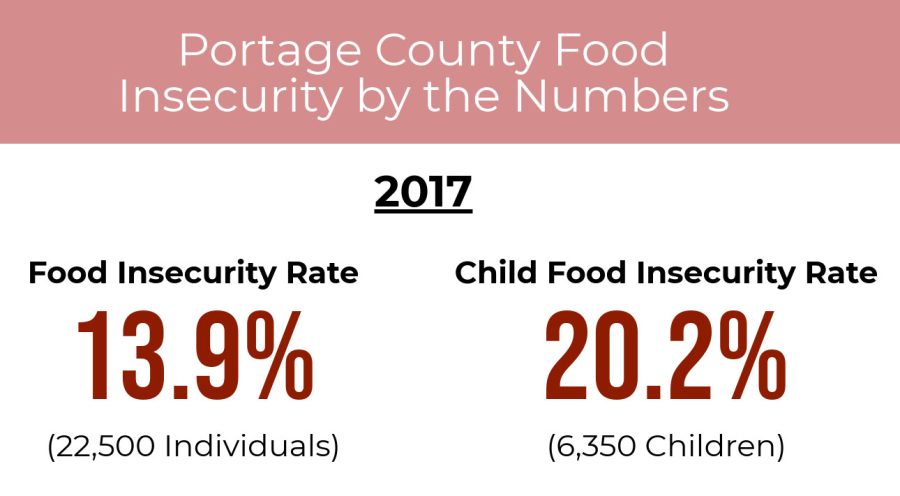Women’s Center pantry anticipating higher turnout as food stamp benefits stall
January 23, 2019
The Supplemental Nutrition Assistance Program (SNAP) released food stamp benefits for February earlier than normal due to the government shutdown, which has been ongoing since Dec. 22. These will be the last benefits released by SNAP until the shutdown ends.
In 2017, around 42 million people in the U.S. — 13 percent of the nation’s population — were on food stamps, according to a report from the Center on Budget and Policy Priorities.
“You can’t effectively juggle your classes, papers, work and everything else if you have an empty stomach,” said Cassandra Pegg-Kirby, the director of the Kent State Women’s Center.
Pegg-Kirby runs a food pantry out of the Williamson House on Wednesdays and Thursdays. The pantry was established at the Carriage House in 2010 to assist students unable to satisfy basic needs while attending classes. The pantry was moved to the Williamson House in 2016.
“Since we started the pantry, it has doubled in size twice,” Pegg-Kirby said.
Pegg-Kirby anticipates an increase in people using the pantry if the shutdown continues.
With no established budget, the pantry relies primarily on donations and deliveries from Kent State’s Campus Kitchen, a student-run kitchen utilizing food from dining services, local farmers and grocers for hunger relief. Since moving to the Williamson House, the pantry has begun supplying personal hygiene products, warm weather clothing and outfits for those applying for jobs.
“To us, it really is just about being a good member of our community. That means doing more than just supplying food and also helping more than just students,” Pegg-Kirby said. “We also get faculty and staff at the pantry, sometimes here for themselves, or for people who aren’t able to make it during our normal pantry hours.”
Pegg-Kirby noted that, while they don’t turn members of the community away, relying mostly on donations means the Women’s Center can only fully operate the pantry two days out of the week.
“It’s not just women either, about 30 percent of the people who utilize the pantry are men,” Pegg-Kirby said.
A report from the Center of Law and Social Policy shows between 20 to 33 percent of four-year college students were food insecure in 2017. Among first-generation college students, 56 percent qualified as food insecure.
Much of the pantry’s support comes from Kent State Community Engaged Learning, which recently launched Flashes Fighting Hunger. This collaborative initiative is aimed at tackling food insecurity head-on. The program helps on-campus food pantries, facilitates nutrition education and is working to reduce food waste on campus.
“It only takes a week or two to get off track,” said Pegg-Kirby about food stamps, “but it can take much longer to get back to a stable position.”
David Williams is a senior reporter. Contact him at [email protected].












